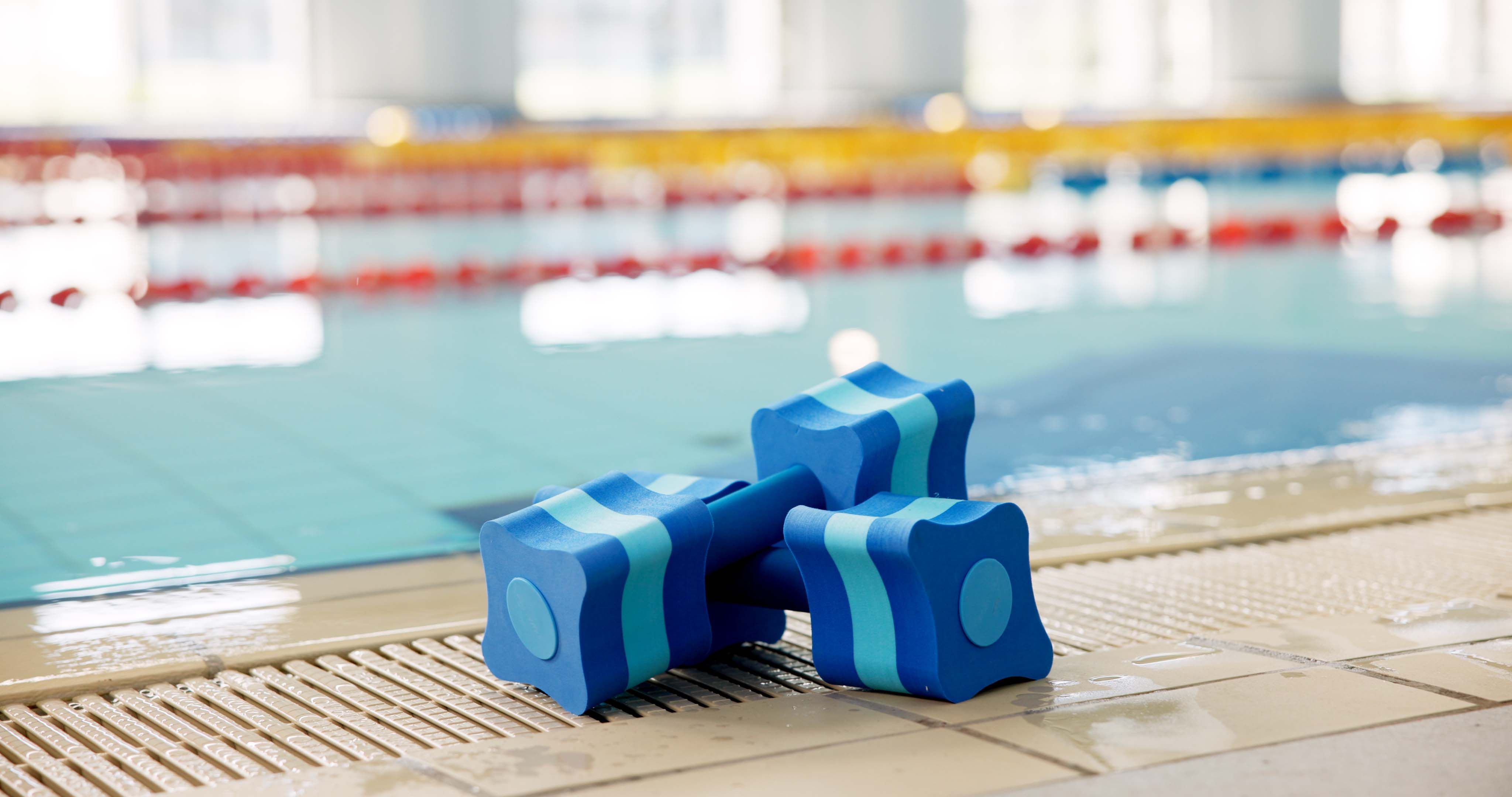Mastering the Butterfly Stroke: Essential Tips for Improvement
Understanding the Basics of the Butterfly Stroke
The butterfly stroke is a challenging yet rewarding swimming style characterized by simultaneous arm movements and a dolphin kick. This stroke requires strength, rhythm, and proper technique to execute efficiently. Understanding the basics is crucial for anyone looking to master this unique swimming style.
First and foremost, body positioning is key. Swimmers should maintain a horizontal position with their bodies close to the water's surface. This minimizes drag and helps in maintaining speed. The head should remain in a neutral position, with eyes looking slightly forward and downward.
Additionally, mastering the timing of your kicks and arm strokes is essential. The butterfly stroke involves a two-kick cycle per arm stroke, often referred to as the "kick-stroke-kick" technique. This rhythmic movement is vital for maintaining speed and momentum.

Perfecting Arm Movements
Arm movements in the butterfly stroke are both powerful and graceful. The stroke begins with both arms extended forward, followed by a simultaneous pull downwards. The key is to keep your elbows high and generate power from your core.
Once your arms reach the lowest point, they should sweep outwards and upwards in a semi-circle, exiting the water at the hips. This arm recovery phase should be relaxed to conserve energy for the next stroke.
Practicing drills that focus on different phases of the arm stroke can greatly improve your efficiency. For example, single-arm butterfly drills allow swimmers to concentrate on one arm at a time, enhancing technique and strength.

The Importance of the Dolphin Kick
The dolphin kick is integral to the butterfly stroke, providing propulsion and aiding in body balance. This kick originates from the hips and involves a fluid, wave-like motion. Proper execution of the dolphin kick can significantly impact overall performance.
To practice this, swimmers should focus on initiating the kick from their hips rather than their knees. Keeping legs together and toes pointed will help create a streamlined effect, reducing resistance in the water.
Incorporating vertical kick drills into your training can enhance your dolphin kick. These exercises help develop strength and flexibility, crucial for mastering the butterfly stroke.

Breathing Techniques
Effective breathing techniques are vital in executing the butterfly stroke efficiently. Swimmers should aim to breathe quickly at the end of an arm pull when their head naturally rises above water. It's important to keep breaths short to maintain momentum.
A common mistake is lifting the head too high when breathing, which can disrupt body alignment and increase drag. Practice breathing drills that focus on keeping your head low while still getting enough air.
Another useful tip is to establish a consistent breathing pattern that suits your comfort level and endurance. This not only improves performance but also reduces fatigue during longer swims.
Building Strength and Endurance
Strength and endurance play a significant role in mastering the butterfly stroke. Incorporating strength training exercises such as push-ups, pull-ups, and core workouts can enhance muscle power crucial for this demanding stroke.
Endurance can be built through interval training and long-distance swims. These practices help improve cardiovascular fitness, allowing swimmers to maintain strong butterfly strokes over extended periods.
Remember that consistency is key. Regular practice combined with targeted training will yield noticeable improvements in your butterfly stroke technique over time.

Analyzing Performance
Regularly analyzing your performance can help identify areas for improvement. Recording your swims and reviewing them allows you to observe your technique objectively. Look for aspects such as arm recovery, body position, and timing of kicks.
Feedback from coaches or fellow swimmers can also provide valuable insights into refining your stroke. Constructive criticism can guide you in making necessary adjustments to enhance efficiency and speed.
Conclusion
Mastering the butterfly stroke requires dedication, practice, and attention to detail. By focusing on body position, arm movements, kicks, breathing techniques, strength, and endurance, swimmers can significantly improve their performance.
Remember that progress takes time, so be patient with yourself as you work on refining these essential elements. With persistence and the right approach, you'll be able to glide through the water with grace and power.
